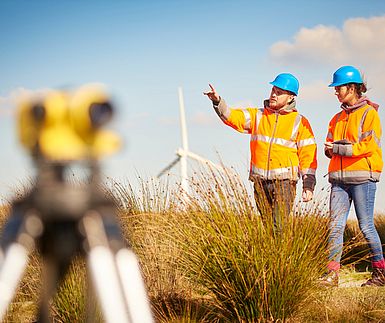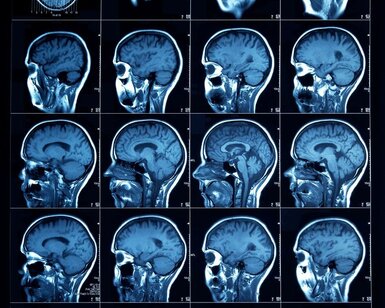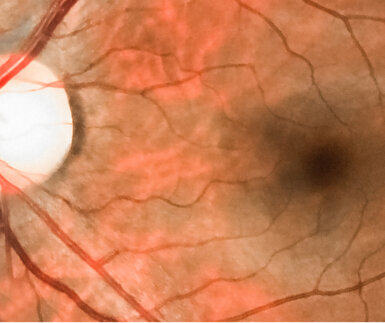Please type a search term (at least two characters)
News
EMPIR geodesy project video describes work to aid climate change understanding

The project
Technologies used in satellite navigation, automated machine guidance and surveying require highly accurate measurements of distance and position relative to the Earth’s surface. Geodesy, the science of Earth measurement, applies these technologies to predicting earthquakes, monitoring sea-level rises and ice sheet changes. Modern geodesy measurements are referenced to the International Terrestrial Reference Frame (ITRF), but to meet demands for greater accuracy, potential innovations in instrumentation and measurement techniques need further development.
The ITRF is generated from the joint analysis of observations of different space-geodetic techniques all around the world, including Satellite Laser Ranging (SLR), Very Long Baseline Interferometry (VLBI), Global Navigation Satellite Systems (GNSS), and Doppler Orbitography and Radiopositioning Integrated by Satellite (DORIS). The work of EMPIR project Large-scale dimensional measurements for geodesy (18SIB01, Geometre) has focussed on two issues in the complex measurement system. The project consortium developed instrumentation and new measurement strategies for the surveying work connecting the observations of different space-geodetic techniques at the same observatory. These connection coordinates are called ‘local tie vectors’ and play an important role in the computation of the ITRF solution. In addition, the consortium worked on enabling the SI-traceable verification of Satellite Laser Ranging measurements at an unprecedented uncertainty level. Multiple approaches were explored to improve these critical measurements.
These results have the potential to make a substantial contribution to an improved future ITRF solution. They will also substantially strengthen traceability of the ubiquitous global mapping systems to the definition of the metre of the International System of Units (the SI).
The video
Project partner Frankfurt University of Applied Sciences has made a 2-minute video describing the work of the EMPIR project in providing reliable measurement data for a global reference frame in order to increase our understanding of climate change.
This EMPIR project is co-funded by the European Union's Horizon 2020 research and innovation programme and the EMPIR Participating States.
Want to hear more about EURAMET?
The project partners publicised the metrological developments for electronic brachytherapy and were able to contribute to several standards more
EMPIR project established clinical procedures that allow use of traceable methodologies for molecular radiotherapy across Europe more
A small collaborative project aimed at extending knowledge in the field of eye tonometers has increased its impact more
Improving large-scale dimensional measurements for manufacturing more
From 2012 to 2016 the IEEE published standards for high-frequency waveguides. EMPIR NeWITT project supports their uptake more





